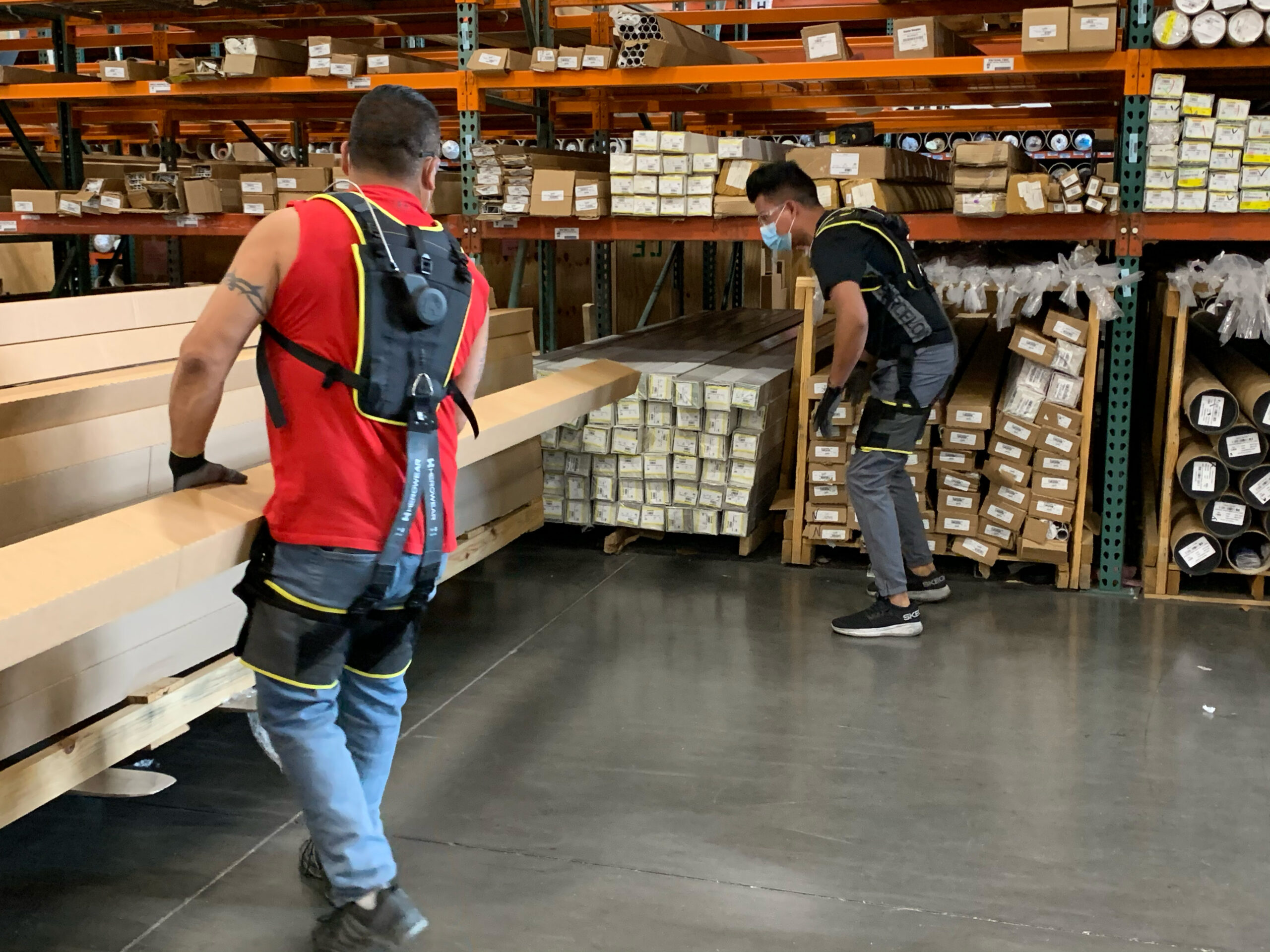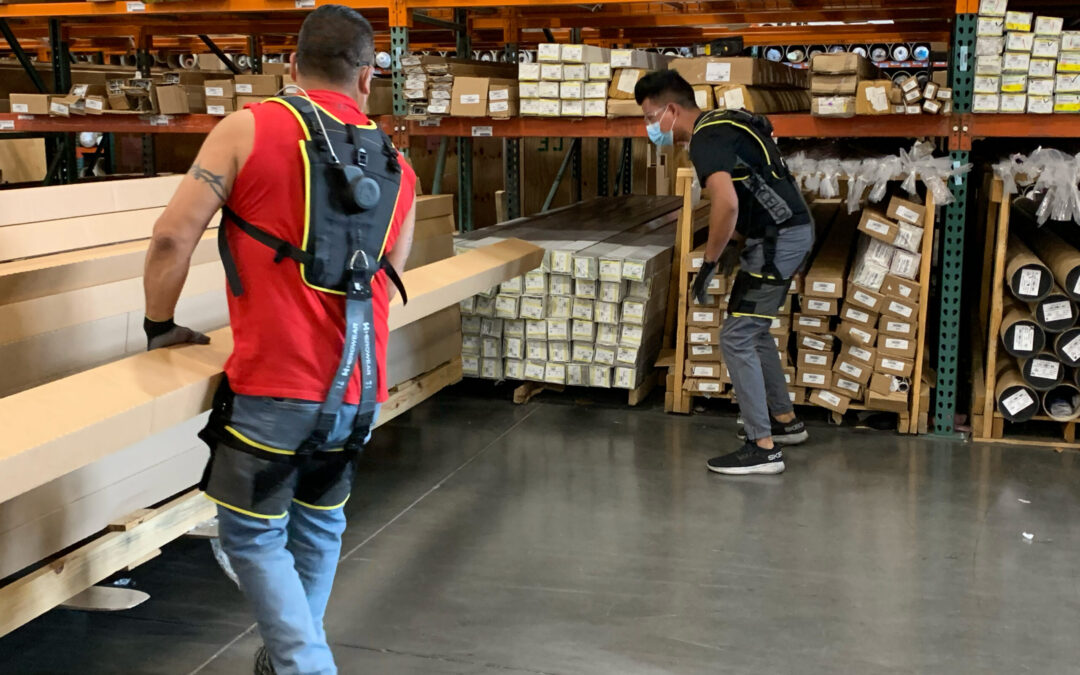In the last few years, the occupational exoskeleton field has come to the collective realization that the biggest barriers to adoption are not related to physical assistance, but rather to comfort and movement interference. While rigid exoskeletons and soft exosuits have each repeatedly been proven to provide back relief and musculoskeletal offloading (Kermavnar 2020; Lamers 2021; Schwartz 2021), it is now evident in the scientific literature and in industry feedback that soft exosuits like the Apex are perceived by most users to be more comfortable and less restrictive to movement.
A Pennsylvania State University study found this when comparing the Apex to a rigid exoskeleton for use in a foundry. The study concluded the “Apex suit fits Benton’s process much better [than the rigid exoskeleton]” and one of the main reasons cited was because the Apex was more flexible to move in (Slavin 2021). In a separate study conducted by the Berlin University of Applied Sciences and Technology, the Apex was tested on agriculture workers and compared to an exoskeleton built from semi-rigid rods (Frixen 2022). This study found that the Apex had better usability and acceptance amongst users, and one of the main reasons cited was because the Apex was more comfortable and because its modular design could be better adapted to fit the different body proportions of users.

Multiple thought leaders in the exoskeleton field have also made public statements about soft exosuits, like the Apex, generally being preferred over rigid exoskeletons due to comfort and movement interference differences. For instance, in a recent keynote presentation on occupational exoskeletons (CRE-MSD UW 2022), Dr. Maury Nussbaum, a leading ergonomics researcher on exoskeletons from Virginia Tech remarked, “I also think the future is soft. We do lots of demos for people in different occupational sectors (construction, mining, etc.) and a clear message I hear is that [for] these exosuits that are mainly soft materials, people are much more receptive to them… [they’re] much more comfortable over time.”
These remarks are consistent with the feedback we hear from our own Apex field studies. Many Apex clients either trialed rigid exoskeletons before contacting us, or performed head-to-head comparisons of multiple exoskeletons before selecting the Apex as their preferred exosuit.
If you have additional questions about the science behind the Apex, or need access to some of the publications, please contact us. We’re proud of the rigorous research underlying this back-relieving technology. We’re deeply involved in science ourselves and in supporting others conducting independent research. And we’re always happy to discuss and share the current state of exosuit science.
Footnote: HeroWear field study data are from 154 workers at companies in various industries, including logistics, manufacturing, retail, and construction. These represent a subset of data that HeroWear has collected from workers. Data shared here are only from companies that opted for their workers’ data to be included. Survey results are only included for workers who used the Apex for a minimum of 2 weeks at work, and typical usage ranged from 2-10 weeks prior to survey completion. To avoid biasing the results, HeroWear did not pay any companies to participate. Companies purchased the Apexes used in each field study, and workers were not compensated in any way for their feedback. Workers completed written surveys at their workplace, then sent them to HeroWear for deidentification and compilation of the results.
